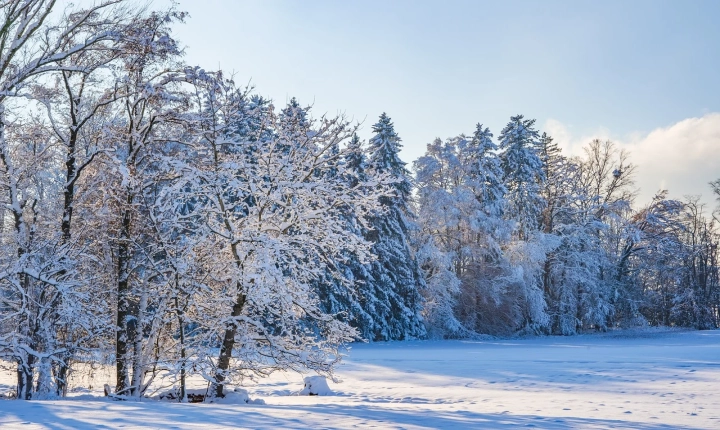Creating an AI-generated photo involves leveraging the power of machine learning and image processing algorithms to produce realistic and visually compelling images. With advances in technology, the process of generating AI photos has become more accessible and easier for individuals to experiment with.
Here are the steps to create an AI photo:
1. Choose the Right AI Tool:
There are several AI tools available that are specifically designed for generating and manipulating images. These tools often utilize deep learning algorithms and neural networks to understand and replicate the visual characteristics of a photo. Examples of popular AI tools for photo generation include Deep Dream, Artbreeder, and Runway ML.
2. Select the Desired Style or Concept:
Before starting the AI photo generation process, it’s important to have a clear idea of the style or concept you want to achieve. Whether it’s a surreal landscape, a futuristic portrait, or an abstract composition, having a vision for the final output will guide your decisions throughout the process.
3. Upload Reference Images:
Many AI tools allow users to upload reference images that serve as a starting point for the image generation process. These reference images can be used to convey the desired visual elements, such as color palette, texture, and composition. For example, if you want to create a nature-inspired AI photo, you could upload images of trees, flowers, or landscapes as references.
4. Adjust Parameters and Settings:
AI photo generation tools usually offer a range of parameters and settings that can be adjusted to fine-tune the output. These can include options for controlling the level of abstraction, color saturation, texture patterns, and more. Experimenting with these settings can help achieve the desired artistic effect for your AI-generated photo.
5. Iteratively Refine the Output:
Creating an AI photo often involves an iterative process of generating an initial image, evaluating the result, and making adjustments as needed. By fine-tuning the input parameters and referencing the desired style, you can refine the AI-generated photo to better align with your vision.
6. Export and Share the AI Photo:
Once you are satisfied with the generated AI photo, you can export it in the desired format and resolution. Whether it’s a high-resolution digital image or a print-ready file, the final output can be shared with others, displayed in digital galleries, or used in creative projects.
Creating AI-generated photos is an exciting and creative process that blends art and technology. By leveraging the capabilities of AI tools and exploring different visual styles, individuals can unlock a world of creative possibilities and produce stunning, one-of-a-kind images.
